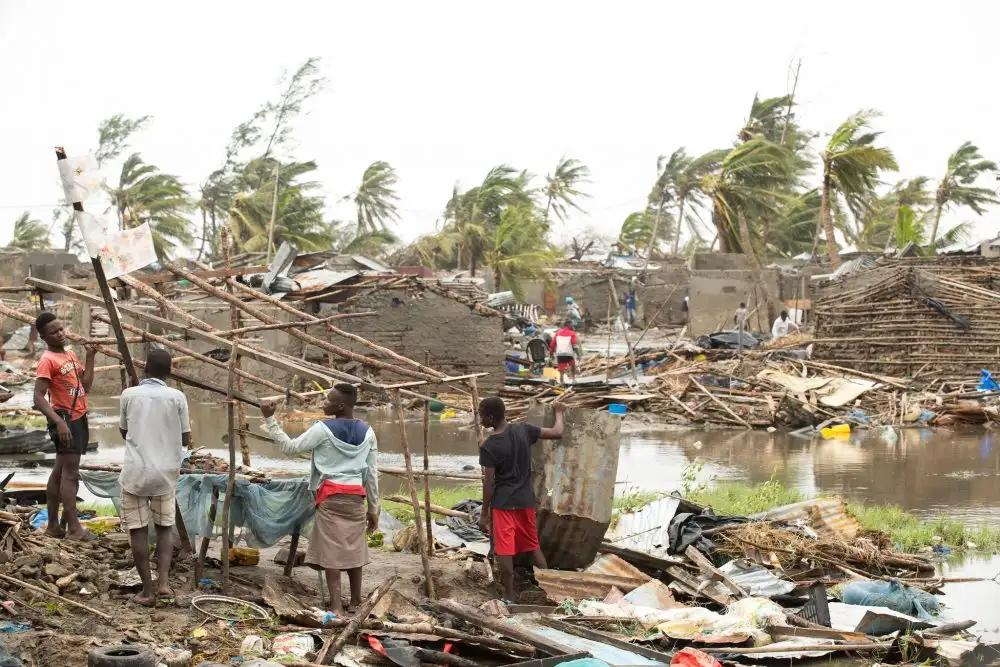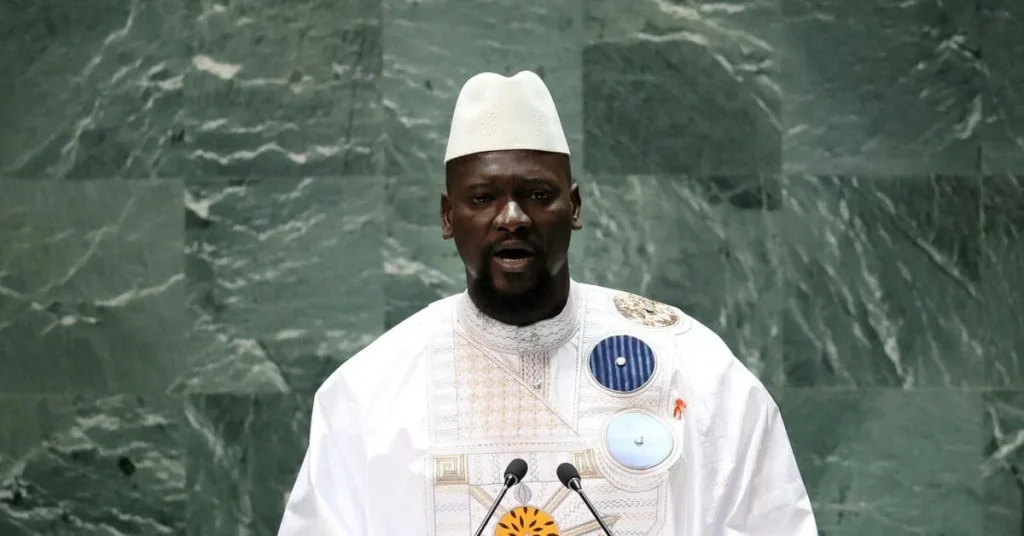Tropical Cyclone Eloise, a powerful super-storm, struck central Mozambique on January 23, 2021, causing widespread devastation across southern Africa.
The storm, with winds reaching 150 kilometers per hour (93 miles per hour) and torrential rains, claimed at least 21 lives, according to the United Nations Office for the Coordination of Humanitarian Affairs (OCHA).
The death toll includes 11 in Mozambique, four in Eswatini, three in Zimbabwe, two in South Africa, and one in Madagascar.
Widespread Displacement and Damage
The cyclone affected over 270,000 people, with Mozambique bearing the brunt, where more than 267,000 individuals were impacted. Over 20,000 people in Mozambique were displaced, and 20,500 houses were either damaged or destroyed.
In Sofala Province, a region still recovering from the catastrophic Cyclones Idai and Kenneth in 2019, flooding has exacerbated the humanitarian crisis.
Threat of Waterborne Diseases
Persistent floodwaters across multiple locations have heightened the risk of waterborne diseases, including cholera, posing a significant public health threat. The UN has highlighted urgent needs for clean water, sanitation, and hygiene kits to prevent outbreaks, particularly among displaced populations.
Agricultural Losses and Food Security Concerns
The storm flooded more than 177,000 hectares (437,000 acres) of cropland in Mozambique alone, threatening upcoming harvests and regional food security. The destruction of crops, farm tools, and seeds has raised fears of long-term agricultural setbacks, especially as the region was already grappling with food insecurity during the lean season.
Regional Impact and Ongoing Rainfall
After making landfall in Mozambique, Eloise weakened into an overland depression but continued to bring heavy rainfall to Zimbabwe, Botswana, South Africa, and Eswatini. In Zimbabwe, at least 349 houses were damaged, and infrastructure, including roads and bridges, sustained significant harm. South Africa reported flooding and evacuations, while Eswatini saw flooded rivers and damaged infrastructure. Moderate-to-heavy rains have persisted in the region, complicating recovery efforts.
Comparison to Past Cyclones
Eloise struck areas still recovering from Cyclone Idai, which killed over 1,000 people and caused approximately $2 billion in damages in 2019. While Eloise’s impact has been less severe, the cumulative effect of repeated storms has strained local resources and infrastructure, particularly in Mozambique’s Sofala Province.
Humanitarian Response
UN agencies, including OCHA, UNICEF, and the World Food Programme, are scaling up efforts to provide food, tents, drinking water, hygiene kits, and medical supplies. In Mozambique, 32 temporary accommodation centers have been established in Sofala Province to house displaced families. However, additional resources are urgently needed to address the scale of the crisis, especially given ongoing needs from prior disasters and conflict in northern Mozambique.






